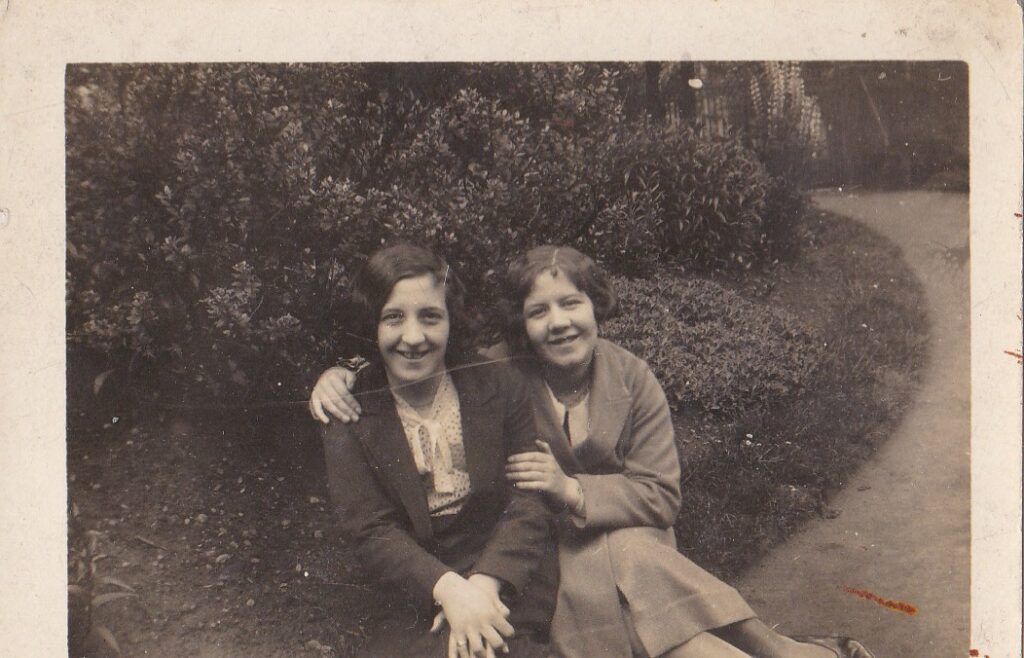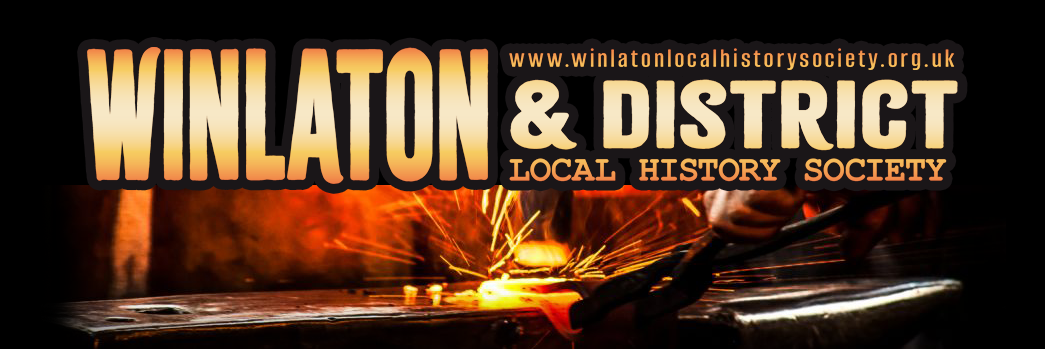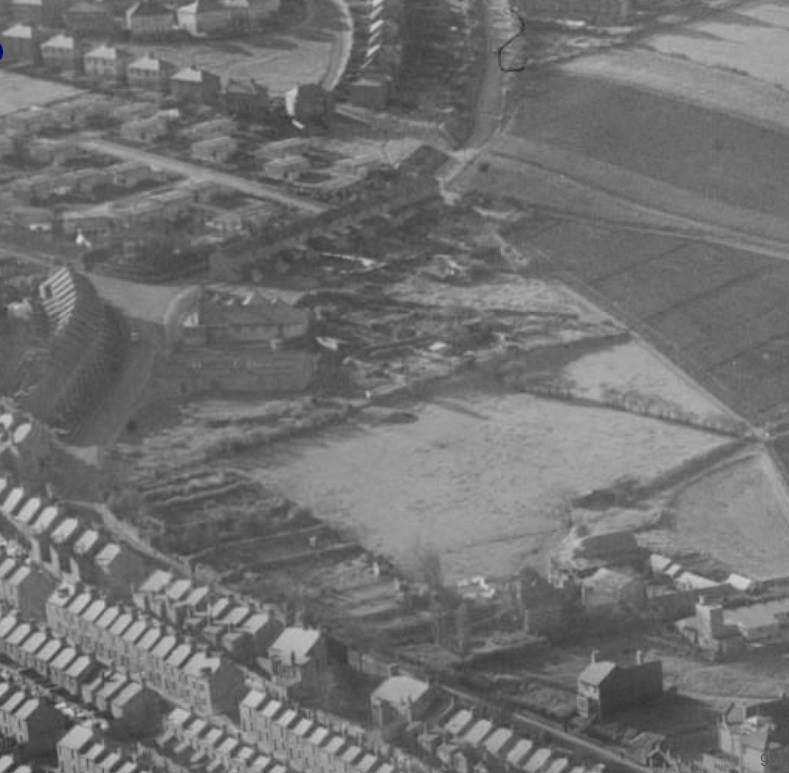The Martin’s Memories series has been reproduced with the very kind permission of Tony Martin from his posts on the Old Blaydon and Old Winlaton Facebook group.
OLD Blaydon and OLD Winlaton | MARTIN’S MEMORIES 16 | Facebook
The Dene or Shibdon Dene to give it is correct name was always a place of peace and beauty in my early days. When the natural valley had been turned into a park in the early years of Blaydon Urban District Council, it was to be a place of “genteel recreation”. My mother had fond memories of it and, from being very young, I was always taken on walks down the Dene on our way to Blaydon from the Avenues.
We always entered it by the gate in the Dene Cut below Rydal Mount. I remember that just outside that gate there was a brick building which was used by Air Raid Precaution and Voluntary Firefighters during the war. I can remember when it demolished, but the rectangular concrete base was in position for many years after this.
I used the Dene right up until my teenage years and it was always manned by the Deenie, as we called him. He had a red brick building at the bottom of the Dene near the entrance at the bottom of Evelyn Terrace. The Dene would be locked every evening, just after sunset and people were warned of its closure by the sound of his whistle. The Deenie’s Hoose was also a meeting place for elderly men, who met there regularly and put the world to rights while smoking, most of them smoking their clay pipes. There was a central stove to give heat in winter and the tools he needed were kept in the basement of the building.
The Dene had three main paths. There was the central path, which was in fact, a continuation of the path which started at the cricket field and came out at the top of Lucy Street. This was a wide path. There was also a narrower path which went down the east side of the valley behind Sycamore Road and it joined the main path near the toilets which were located almost opposite the Deenie’s Hoose. The less said about these the better because if you ever needed them, even in the days when the Dene was looked after, you required a clothes peg for the smell!!. The third path ran from the Dene Cut and skirted the allotments at the back of Polmaise Street, ran alongside Evelyn Terrace and joined the main path at the Lucy Street entrance. These side paths were joined to the central path by flights of steps so one could cross through the Dene. If you were coming down the Dene from the top there was a cross path with steps that brought one out through a gate to what was waste ground with some garages between the bottom of Sycamore Road and the top of Birch Road. This was a path I would later take daily on my way to and from the Grammar School across Tait’s Field before Hazel, Linden and Willow Roads were built. On the west side of the Dene there were gates at the middle and the bottom of Evelyn Terrace and there were steps from the middle gate to the central path. There was also a gate on the east side which took one out onto the area behind Birch Road and to Larch Road.
The Dene was always well kept in my childhood. The rhododendron bushes in particular gave colour in May and June and the sides of the Dene were a mass of bluebells in season. The area below the Deenie’s Hoose was a well kept rock garden and also had well managed small shrubs. At the top of the Dene on the Avenues side, there was the remains of the old quarry, where we were permitted to tip garden refuse because they wanted it filled in.
About halfway down the central path, there was the well, which had originally had a rustic construction around it, but that was gone in my young days. You would very rarely pass without having a drink, often using a leaf to direct the water towards your mouth. The stream which ran through the Dene originated at the Old Spring Well in Winlaton, hence Springwell Road, and it was carried underground down the Dene Path and also supplied the well that the Quarryfield Allotments had just inside their entrance behind Laburnum Road.
As kids we would play in the Dene, climb trees and also try to climb up the Quarry face….against the rules and we were often chased by the Deenie for doing so. On the other hand, the Deenie was also co-operative around bonfire night and would give branches trimmed from the trees and bushes for the bonfire which was built on what was vacant land between the top of Evelyn Terrace and the single house at the back of Polmaise Street, called Chudleigh Terrace and lived in by the Embleton family. I remember that there was also an electricity substation at the side of the house and a garage owned by Miss Jessie Cubey. This site is now built on.
Photos:-








